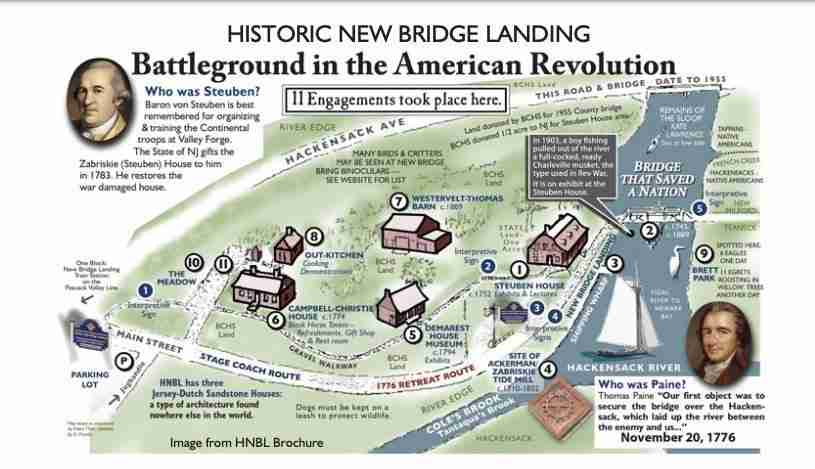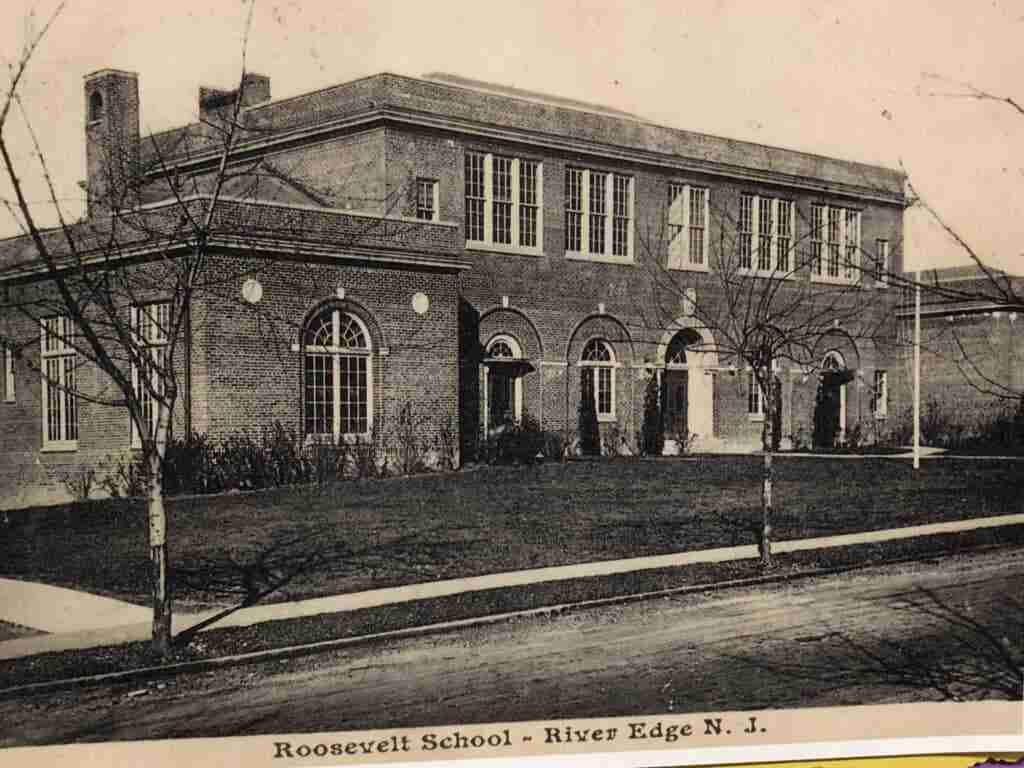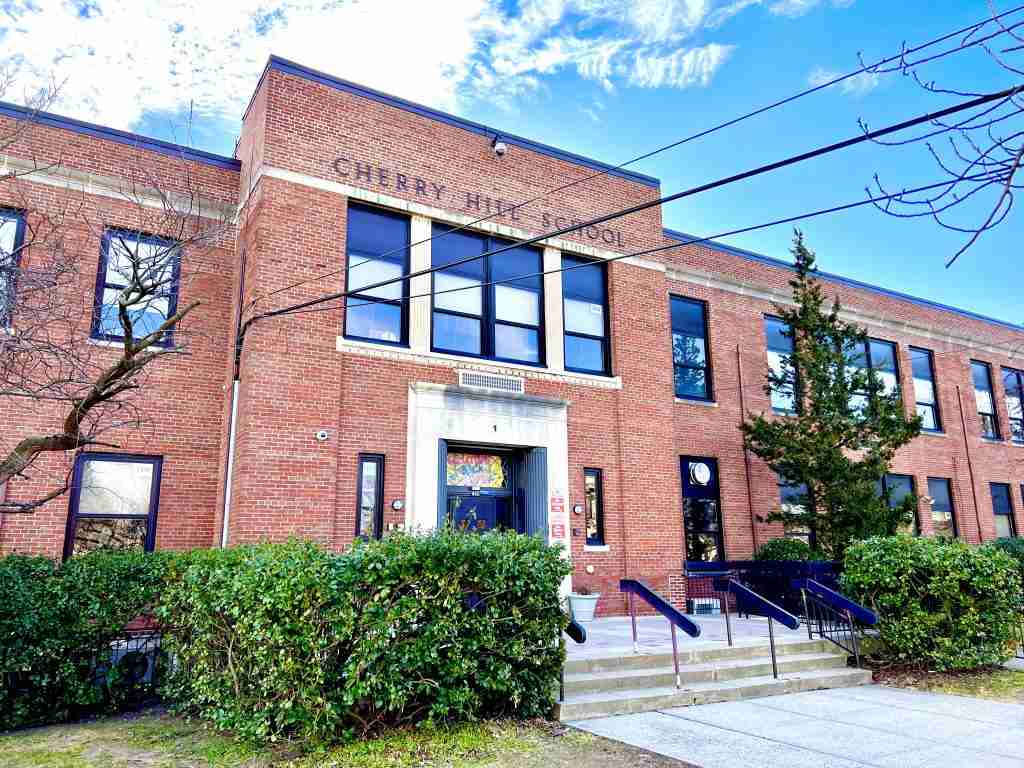River Edge History
River Edge History
The History of River Edge, NJ: From Early Settlement to Modern Suburb
Early Settlement and Colonial Era
River Edge, New Jersey, holds a rich tapestry of history, beginning with its first European settler, Cornelius Matthew, a Swedish land-clearer who established himself around 1683 near the Hackensack River’s narrows. This area, known as Tantaqua’s Plain or Aschatking, was named after the Hackensack sachem Tantaqua. Early landowners, including John Adams, Eptkey Jacobs (Banta), Richard Pope, and others, purchased tracts in the mid-1680s, setting the stage for future development.
In 1695, David Ackerman acquired 420 acres from Mathew Cornelisse, and by 1713, the Ackermans had a tidal gristmill. The Demarest family, significant early settlers, navigated the Hackensack River to what is now the River Edge Train Station in 1677. Their initial residence was near their mills at the Old Bridge, east of the present bridge in New Milford.
Development of Infrastructure and Community
The early 18th century saw the construction of river crossings at Old Bridge (1720) and New Bridge (1744), crucial for the community’s connectivity. The area known as Steenrapie, a neighborhood along Kinderkamack Path between Old and New Bridge, hosted several roadside farms. The term Kinderkamack, derived from the Lenape word “Wenhakamike” meaning “upland,” highlights the area’s indigenous roots.
Despite centuries of change, three pre-Revolutionary War homes still stand, including the Christian Dederer homestead and the Heritage House. The Zabriskie-Steuben House, built in 1752 and expanded in 1767, is a significant historical site, reflecting the area’s colonial heritage.
Revolutionary War Significance
River Edge played a pivotal role during the American Revolution due to its strategic location at the New Bridge. General George Washington led a retreating garrison across this bridge in November 1776, inspiring Thomas Paine’s famous words, “These are the times that try men’s souls.” The area witnessed numerous military engagements, including attacks and counterattacks by both British and American forces. The Zabriskie-Steuben House served as a fort, military headquarters, and battleground, surviving more of the Revolution than any other site in America.
Industrial Growth and Incorporation
The 19th century marked River Edge’s transition from agricultural roots to industrial development. Henry Van Saun opened a brickyard and pottery in 1811, and by 1874, the Hackensack Water Company had established its first pumping station. The extension of the Hackensack & New York Railroad in 1870 spurred suburban development, with commuter residences emerging around new depots.
In 1894, the citizens of River Edge and Cherry Hill voted to incorporate the borough of Riverside, later renamed River Edge in 1930. The early 20th century saw continued growth, with new infrastructure like the River Edge railroad depot (1907) and the installation of modern bridges.
Modern Developments and Preservation
Post-World War II, River Edge experienced rapid suburbanization, with new housing developments replacing farmland. The borough’s population doubled between 1930 and 1940, necessitating infrastructure expansion, including new streets and a widened Kinderkamack Road.
The 1940s saw the opening of the current borough hall on Kinderkamack Rd as well as the development of the Clarendon Estates by Charles Reis.
Efforts to preserve River Edge’s historical legacy led to the state acquiring the Zabriskie-Steuben House in 1928 and the establishment of the Historic New Bridge Landing Park Commission in 1995. Today, this area is promoted as a major heritage destination, reflecting its historical significance and ongoing development.
Conclusion
From its early colonial roots and pivotal role in the American Revolution to its transformation into a modern suburb, River Edge, NJ, embodies a rich historical narrative. The preservation efforts ensure that this legacy continues to be appreciated, providing a bridge between the past and the present for residents and visitors alike.
Credit to Kevin W. Wright for his comprehensive work, “A Brief History of River Edge, NJ,” which significantly informed this blog post.
Over the years the borough has grown in size and density adding homes, parks, schools, and other amenities
Table of Contents

Historical Sites in River Edge

𝗘𝘅𝗽𝗹𝗼𝗿𝗶𝗻𝗴 𝘁𝗵𝗲 𝗟𝗲𝗴𝗮𝗰𝘆 𝗼𝗳 𝗥𝗼𝗼𝘀𝗲𝘃𝗲𝗹𝘁 𝗦𝗰𝗵𝗼𝗼𝗹
Let’s reflect on the storied past of Roosevelt School, a cornerstone of education in River Edge.
The early 1900s saw a burgeoning school population due to the Compulsory Education Act. In March 1911, a proposal to expand School No. 1 was rejected, prompting the search for a more centrally located site. By May 1912, a plot at the northwest corner of Continental and Summit Avenues was purchased for $5,500. Yet, a bond issue for $32,000 to build a school there was turned down by voters in 1914.
Overcrowding forced the Board to utilize alternative facilities. In 1918, kindergarten and first-grade, along with seventh- and eighth-grade students, attended classes in the Borough Hall. Finally, on April 29, 1919, voters approved a new fireproof school building at a cost of $68,000, with an additional $17,000 approved in July. Named “Roosevelt” by the students, the school opened its doors in September 1920, replacing School No. 1, which was sold to the Borough for one dollar and later demolished in 1923.
Roosevelt School continued to grow, with additional land purchased in 1926 for $33,000. By 1928, discussions for further expansion were already underway.
Roosevelt School stands as a testament to our community’s dedication to education and its resilience through the years.
Do you have any cherished memories of Roosevelt School?

𝗔 𝗚𝗹𝗶𝗺𝗽𝘀𝗲 𝗶𝗻𝘁𝗼 𝗖𝗵𝗲𝗿𝗿𝘆 𝗛𝗶𝗹𝗹 𝗦𝗰𝗵𝗼𝗼𝗹’𝘀 𝗛𝗶𝘀𝘁𝗼𝗿𝘆
As the current school year comes to a close, let’s take a moment to look back at the rich history of Cherry Hill School, one of River Edge’s beloved elementary schools.
In 1941, the River Edge Board of Education faced a setback when voters rejected a proposal to buy five acres at the southeast corner of Bogert Road and Reservoir Avenue for $17,800. However, perseverance paid off, and on October 3, 1944, the Board successfully purchased 7.85 acres on Bogert Road north of Howland Avenue from J. Pell Zabriskie for $18,000.
The post-World War II suburban boom led to the need for a new school. In response, the Board proposed a two-story, fourteen-room, brick elementary school costing $400,000. This proposal was overwhelmingly approved by voters, 500 to 207. In 1948, students named the new school “Cherry Hill,” and it officially opened its doors on February 27, 1949.
The rapid population growth necessitated double sessions and even classes in churches and Borough Hall. To accommodate this, a $350,000 expansion was added to Cherry Hill School in 1952, which included nine new classrooms and a library.
Cherry Hill School’s history reflects the growth and resilience of our community. It’s a testament to our commitment to education and the bright future we continue to build for our children.
Do you have any memories of Cherry Hill School?
More Resources About River Edge History
- Revolutionary War Sites in River Edge, NJ
- Bergen County’s rich Colonial history fills River Edge museum and surprises some visitors
- A History of the Early Schools of New Bridge and Cherry Hill: Part One
- A Short History of River Edge
- Recalling the tornado that ravaged River Edge 121 years ago
- New Bridge Landing




